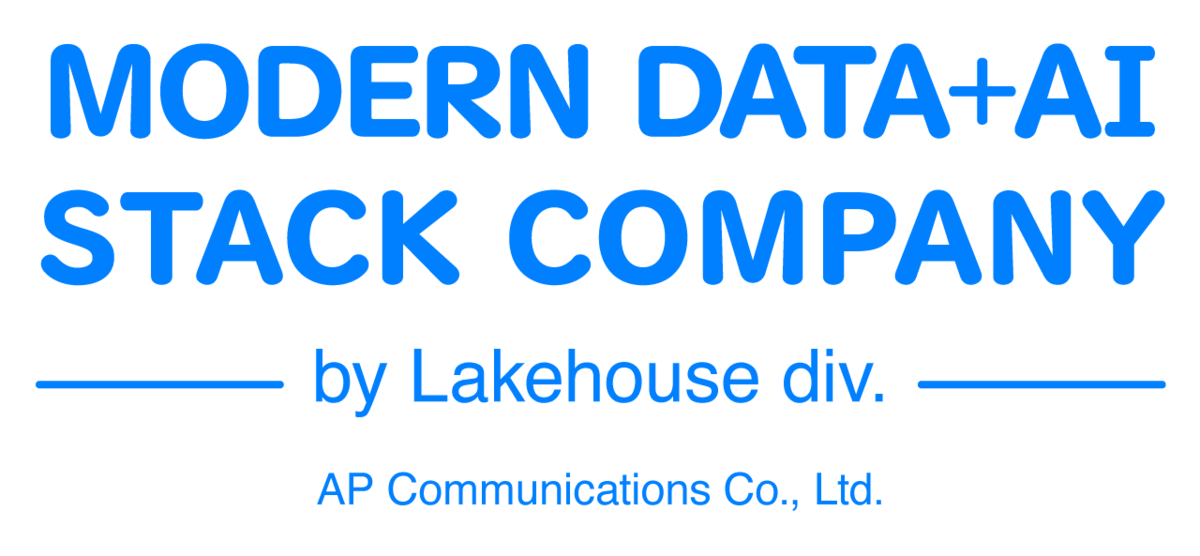Introduction
This is Abe from the Lakehouse Department of the GLB Division. Based on the report by Mr. Nagasato who participated in Data + AI SUMMIT 2023 (DAIS) on site, I wrote an article summarizing the content of the session.
This time, I will talk about the lecture "Anomalo | Data Archaeology: How to Quickly Understand an (Unfamiliar) Dataset Using Machine Learning". In this talk, Anomalo's Vicky Andonova and Elliot Shmukler discuss data archaeology!
Articles about the session at DAIS are summarized on the special site below. I would appreciate it if you could see this too.
What is data archeology?
Data archeology is the process of gaining the foundational knowledge to understand and effectively use unknown datasets. Simply put, it is to understand the characteristics of the dataset and use it for data analysis and model building.
Importance of understanding and exploring datasets
Understanding and exploring datasets is very important in data analysis and machine learning projects. Poor understanding of datasets increases the risk of building incorrect hypotheses and models. Data archeology allows us to understand the characteristics and structure of datasets, enabling effective analysis and model building.
Tips for doing data archeology
The following tips will help you when doing data archaeology:
- Get an overview of the dataset: Check the dataset size, number of columns, presence or absence of missing values, etc.
- Examine data distribution: Check data distribution and outliers to understand data characteristics.
- Examine correlations: Examine correlations between columns to identify important features.
- Leverage machine learning: Use machine learning algorithms to extract features from datasets for better understanding.

By practicing the above, you will be able to understand the characteristics of the dataset.
Data archeology powered by machine learning
Leverage machine learning to more effectively extract features from datasets for deeper understanding. For example, dimensionality reduction techniques (such as PCA and t-SNE) can be used to visualize the structure of datasets. Additionally, clustering algorithms (such as K-means and DBSCAN) can be used to identify groups within the dataset.

About the latest concepts, features and services
The field of data archaeology continues to emerge with new concepts, features, and services. For example, AutoML can be used to automatically extract features from datasets and build optimal models. There are also many tools and services that help visualize and explore datasets, streamlining the process of data archaeology.
Data archeology allows us to effectively understand and leverage unknown datasets. Therefore, we believe that using machine learning to incorporate the latest concepts, functions, and services will make data analysis and machine learning projects more effective.
Summary
I learned how to use data archeology to quickly understand unknown datasets. We gained a variety of knowledge, including the importance of understanding and exploring datasets, hints for conducting data archeology, and methods of data archeology using machine learning. By utilizing these methods, we will be able to create new value in the fields of data and AI.
Conclusion
This content based on reports from members on site participating in DAIS sessions. During the DAIS period, articles related to the sessions will be posted on the special site below, so please take a look.
Translated by Johann
Thank you for your continued support!
